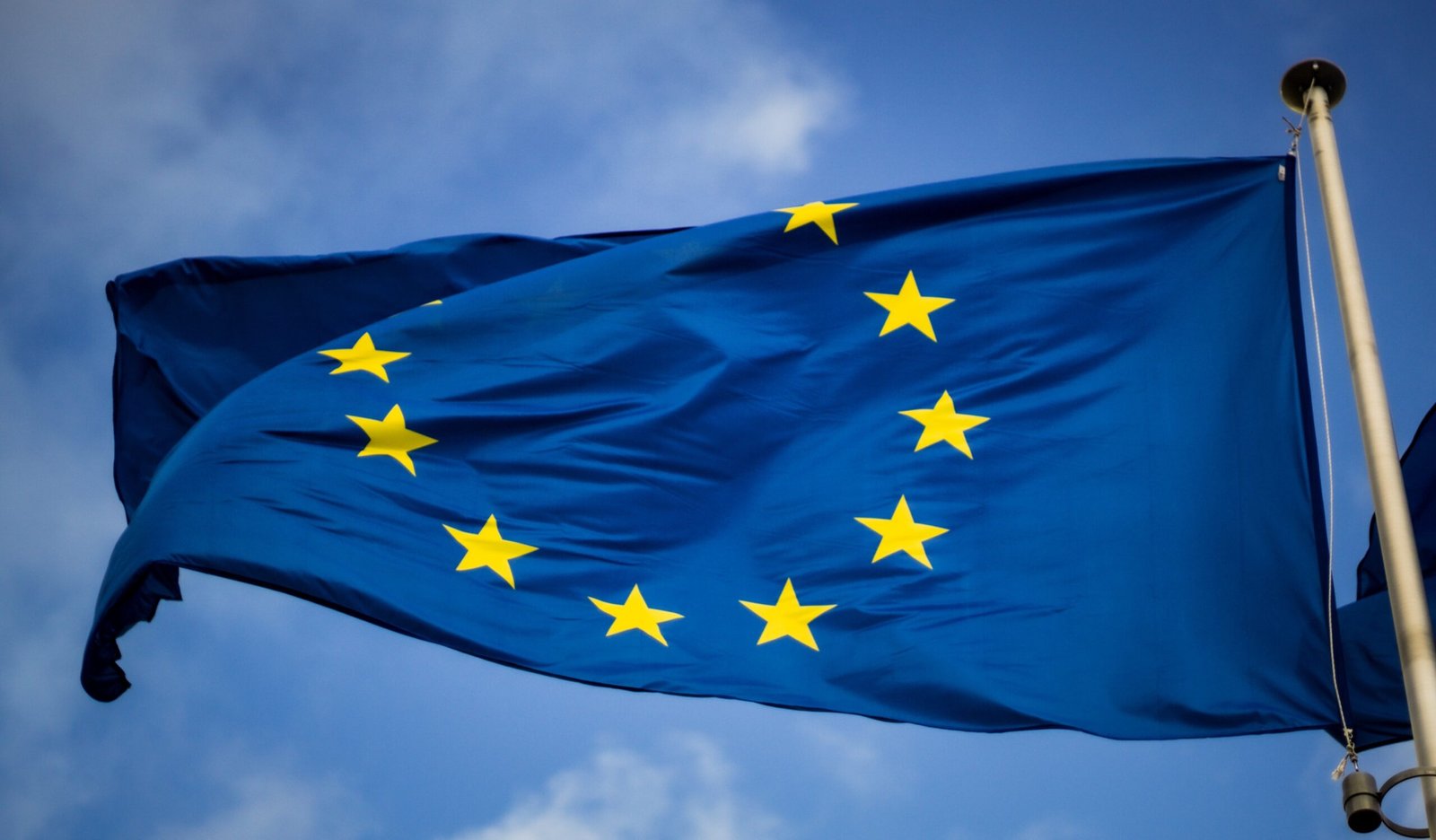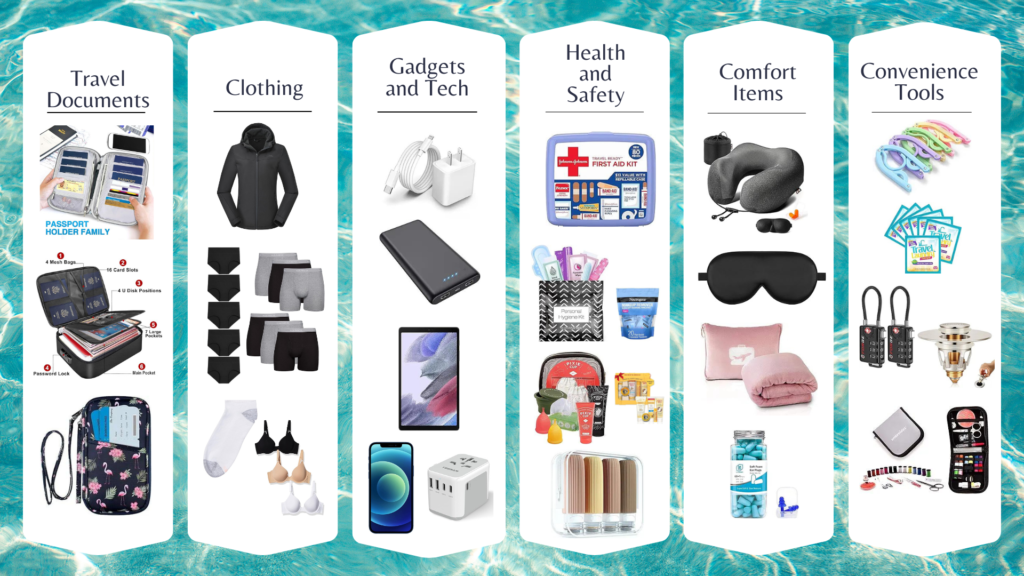
Europe is a continent filled with rich history, diverse cultures, stunning landscapes, and iconic landmarks. From the romantic streets of Paris to the ancient ruins of Rome, there is something for everyone to explore and enjoy. Whether you are a history buff, a foodie, an adventure seeker, or simply looking to relax and soak in the beauty of Europe, this travel guide will help you plan the perfect Euro trip.
Contents
- 1 Essential Travel Tips and Tricks
- 2 Must-Visit Destinations
- 3 Budgeting for Your Adventure
- 4 Packing Essentials for Your Euro Trip
- 5 Navigating Transportation Options
- 6 Cultural Etiquette and Tips
- 7 Creating an Unforgettable Itinerary
- 8 Best Time to Plan the Euro Trip
Essential Travel Tips and Tricks
Before embarking on your Euro trip, it is important to be prepared. Here are some essential travel tips and tricks to ensure a smooth and enjoyable journey:
1. Research and plan your itinerary: Europe offers a plethora of attractions, so it’s important to prioritize and plan your must-visit destinations.
2. Check visa requirements: Depending on your nationality, you may need to obtain a visa before traveling to certain European countries. Make sure to research and apply for any necessary visas well in advance.
3. Pack smart: Europe’s weather can be unpredictable, so pack layers and versatile clothing. Don’t forget essentials like comfortable walking shoes, a universal adapter, and a travel-sized toiletry kit.
4. Stay connected: Consider purchasing a local SIM card or using a portable Wi-Fi device to stay connected during your trip. This will help you navigate, stay in touch with loved ones, and access important information.
5. For a streamlined and budget-friendly journey, use travel templates. These pre-designed tools help organize your itinerary, track expenses, and provide an overview of your trip. I highly recommend trying these templates, which have proven invaluable in ensuring smooth and cost-effective adventures. Find them here.
Must-Visit Destinations
Europe is home to countless breathtaking destinations. Here are a few must-visit places to include in your Euro trip itinerary:

1. Paris, France: Known as the “City of Love,” Paris offers iconic landmarks such as the Eiffel Tower, the Louvre Museum, and Notre Dame Cathedral.
2. Rome, Italy: Immerse yourself in history by visiting the Colosseum, St. Peter’s Basilica, and the Vatican Museums.
3. Barcelona, Spain: Experience the vibrant culture of Barcelona through its unique architecture, delicious cuisine, and lively street life.
4. Amsterdam, Netherlands: Explore the picturesque canals, visit world-class museums like the Van Gogh Museum, and indulge in the city’s famous stroopwafels.
Check out the best tours you can find in Paris, Rome, Barcelona, and Amsterdam(CommissionsEarned).
Budgeting for Your Adventure
Traveling to Europe doesn’t have to break the bank. With careful planning and budgeting, you can have an amazing experience without emptying your wallet. Here are some tips for budgeting your Euro trip:
1. Research affordable accommodations: Consider staying in budget-friendly options such as hostels, guesthouses, or vacation rentals. Websites like Airbnb and Booking.com offer a wide range of options to suit every budget.
2. Take advantage of free attractions: Many European cities offer free entry to museums, parks, and historical sites on certain days or during specific times. Take advantage of these opportunities to save money while still enjoying the local culture.
3. Use public transportation: European cities have efficient public transportation systems that are often cheaper than taking taxis or renting a car. Invest in a travel pass or card to save on transportation costs.
If you need additional assistance, be sure to check out my post, Trip Planning Made Easy: Everything You Need to Know For Your Next Adventure
Packing Essentials for Your Euro Trip
When packing for your Euro trip, it’s important to pack lightly and efficiently. Here are some packing essentials to consider:
1. Versatile clothing: Pack clothing that can be layered mixed and matched to accommodate changing weather conditions.
2. Comfortable walking shoes: Europe is best explored on foot, so make sure to pack comfortable walking shoes to keep your feet happy throughout your trip.
3. Travel documents: Don’t forget to bring your passport, travel insurance information, and any necessary visas or identification documents.
4. Travel adapters: Europe uses different electrical outlets, so make sure to pack a universal travel adapter to keep your devices charged.

Europe offers a variety of transportation options to help you navigate between cities and countries. Here are a few popular options:
1. Trains: Europe has an extensive train network that connects major cities and offers scenic routes. Consider purchasing a Eurail pass for unlimited train travel within a specific time frame.
2. Buses: Buses are a cost-effective option for traveling between cities or exploring rural areas. Companies like FlixBus offer affordable and comfortable bus services throughout Europe.
3. Flights: If you’re short on time or traveling long distances, consider taking a flight between cities. Budget airlines like Ryanair and EasyJet offer affordable options for intercity travel.
Cultural Etiquette and Tips
It’s important to be mindful of cultural etiquette when traveling in Europe. Here are a few tips to help you navigate cultural differences:
1. Dress appropriately: In some European countries, it is important to dress modestly when visiting religious sites or more conservative areas.
2. Learn basic phrases: While English is widely spoken in many European countries, learning a few basic phrases in the local language can go a long way in showing respect and making connections with locals.
3. Respect local customs: Familiarize yourself with local customs and traditions to avoid unintentionally offending locals. For example, it is customary to greet with a handshake or kiss on the cheek in some countries.
Creating an Unforgettable Itinerary
When planning your Euro trip itinerary, aim for a balance between popular tourist destinations and off-the-beaten-path experiences. Allow for flexibility to discover hidden gems and embrace spontaneous adventures. Remember, the most memorable moments often happen when you least expect them. Here are some examples of itineraries that you can adjust to your preferences:
Short Trip Itinerary (7-10 Days)
Day 1-3: Paris, France
- Day 1: Arrive in Paris, and visit the Eiffel Tower and the Seine River.
- Day 2: Explore the Louvre Museum and Notre-Dame Cathedral.
- Day 3: Day trip to Versailles Palace.
Day 4-5: Amsterdam, Netherlands
- Day 4: Arrive in Amsterdam, enjoy a canal cruise, and visit Anne Frank House.
- Day 5: Explore the Van Gogh Museum and the Jordaan district.
Day 6-7: London, England
- Day 6: Arrive in London, and see Buckingham Palace and the London Eye.
- Day 7: Visit the British Museum and stroll through Hyde Park.
Medium-Length Trip Itinerary (2-4 Weeks)
Week 1: Italy
- Rome: Colosseum, Vatican City, Roman Forum.
- Florence: Uffizi Gallery, Duomo, day trip to Pisa.
Week 2: Spain
- Barcelona: Sagrada Familia, Park Güell, Gothic Quarter.
- Madrid: Prado Museum, Royal Palace, day trip to Toledo.
Week 3: Germany and Austria
- Berlin: Brandenburg Gate, Museum Island, Berlin Wall.
- Vienna: Schönbrunn Palace, Vienna State Opera, Belvedere Museum.
Week 4: Czech Republic and Hungary
- Prague: Charles Bridge, Prague Castle, Old Town.
- Budapest: Buda Castle, Parliament Building, Thermal Baths.
Long Trip Itinerary (1-3 Months or More)
Month 1: Western Europe
- France: Paris, Nice, Lyon.
- Switzerland: Zurich, Geneva, Lucerne.
- Belgium: Brussels, Bruges, Ghent.
Month 2: Central and Eastern Europe
- Poland: Warsaw, Krakow, Auschwitz-Birkenau Memorial.
- Hungary: Budapest.
- Romania: Bucharest, Transylvania region.
Month 3: Southern Europe
- Greece: Athens, Santorini, Crete.
- Italy: Naples, Sicily, Amalfi Coast.
- Portugal: Lisbon, Porto, Algarve region.
Best Time to Plan the Euro Trip
The best time to plan your Euro trip depends on your preferences and the destinations you wish to visit. Summer (June to August) is popular for its warm weather and longer days, but it can also be crowded and more expensive. Spring (April to June) and autumn (September to October) offer milder weather, fewer tourists, and more affordable prices. Winter (December to February) can be a magical time to visit Europe, with festive markets and fewer crowds.
In conclusion, planning a Euro trip can be an exciting and rewarding experience. By following these tips and tricks, you can create an unforgettable adventure filled with incredible sights, delicious cuisine, and memorable experiences. So start planning, pack your bags, and get ready to embark on the journey of a lifetime in Europe!
Don’t forget to check my other travel tips here or travel guides. Happy journeys!
